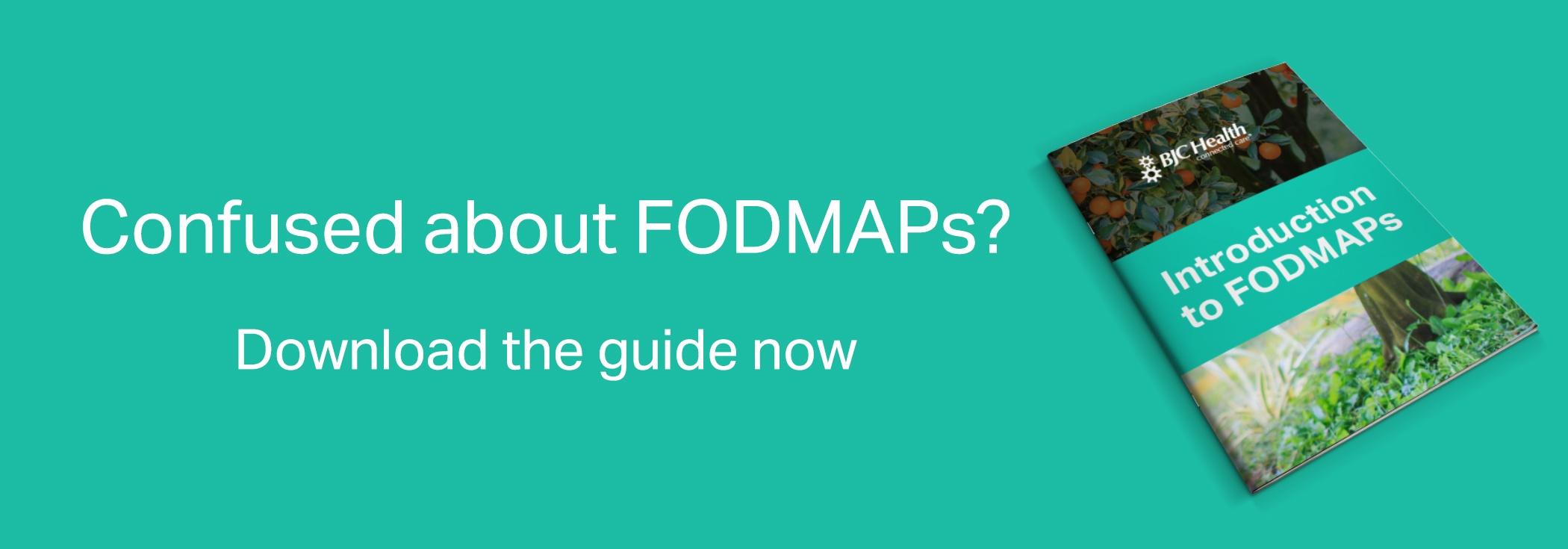The Difference Between Wheat and Gluten
Avoiding gluten has become an increasing trend in society. Some people self-diagnose gluten intolerance when they may actually have a sensitivity to wheat.
Let's explore the differences between wheat and gluten.
Is there a difference?
Yes.
Cutting out one when your body has a sensitivity or intolerance to the other can cause unwanted stress and you could be missing out on any number of delicious foods!
Wheat
A grain that has been used for thousands of years to produce a variety of foodstuffs, most commonly bread and pasta. It’s made up of three parts:
- Bran is the outer layer of the grain, containing B vitamins and fibre
- Germ is the part of wheat that is capable of growing more wheat. This contains more B vitamins, along with minerals and healthy fats. It also contains some protein
- Endosperm provides energy for growth and contains carbohydrates, protein as well as some vitamins and minerals
Gluten
Essentially, gluten is a protein found in wheat, rye, barley and some oats. It makes up a part of wheat. Gluten is found in both the germ and the endosperm of the wheat kernel and is made up of gliadin and glutenin.
"You can have gluten without wheat,
but you can’t have wheat without gluten."
Here’s a few tips for testing your sensitivity to either:
- If you’re sensitive, it's worthwhile determining which you’re actually sensitive to. If you avoid gluten when wheat is the problem, you’re missing out on other wonderful grains in your diet.
- Don’t self-diagnose. This is a sure-fire way to cut out delicious foods from your diet unnecessarily, causing unwanted stress.
- See your GP if in doubt. They can refer you to a dietician who specializes in food intolerance.


